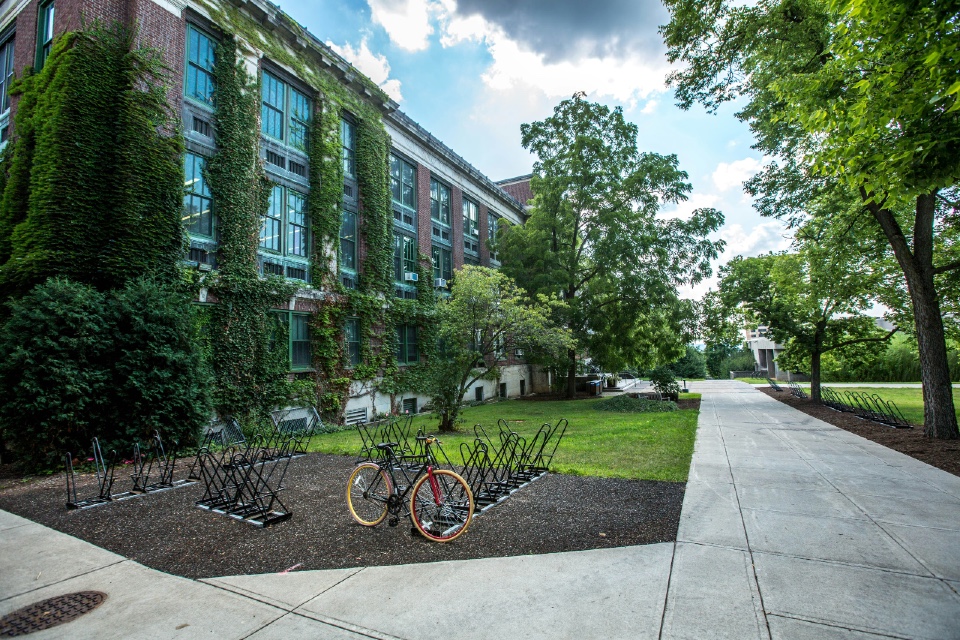For Facilities Managers at schools, colleges, and universities, creating and maintaining engaging and safe outdoor spaces is crucial. These areas are not just thoroughfares or unused green spaces; they are vital components of the educational environment, offering opportunities for learning, social interaction, and physical activity. Here are top tips for ensuring these outdoor spaces meet the needs of students and staff while promoting safety and engagement…
1. Prioritise Safety: Safety is paramount. Regular risk assessments should be conducted to identify potential hazards, from uneven paving to poorly lit areas. Implementing measures such as adequate lighting, secure fencing, and clear signage can mitigate risks. Moreover, accessibility should be considered to ensure that outdoor spaces are inclusive for all users, including those with disabilities.
2. Foster a Connection with Nature: Green spaces have been shown to boost wellbeing and concentration. Incorporating elements of nature into outdoor areas, whether through landscaped gardens, tree-lined walkways, or small ecosystems like ponds, can create a more inviting and restorative environment for students and staff.
3. Encourage Active Lifestyles: Outdoor spaces can be designed to encourage physical activity. Facilities such as sports courts, bike racks, and jogging paths not only support physical health but also provide informal spaces for social interaction. Equipment should be regularly inspected and maintained to ensure safety.
4. Create Versatile Learning Environments: Outdoor classrooms and study areas offer alternative learning environments that can engage students in new ways. These spaces should be equipped with durable, weather-resistant furniture and, where possible, offer shelter and power sources for electronic devices.
5. Involve the Community: Engaging students, staff, and the wider community in the design and maintenance of outdoor spaces can foster a sense of ownership and respect for these areas. Initiatives like gardening clubs or environmental projects can encourage participation and ensure that outdoor spaces meet the needs of their users.
6. Plan for All Seasons: The UK’s varied climate means outdoor spaces need to be versatile. Providing covered areas can allow for their use during rainier months, while considerations for shade and water access are important for warmer periods. Seasonal planting can also ensure green spaces remain attractive year-round.
7. Implement Sustainable Practices: Sustainability should be a key consideration in the maintenance of outdoor spaces. Practices such as rainwater harvesting, the use of native plant species, and solar-powered lighting can reduce environmental impact and serve as educational tools for students.
8. Regular Maintenance: Ongoing maintenance is essential to keep outdoor spaces safe and engaging. This includes routine tasks such as litter collection, landscaping, and repairs. A well-maintained space is more likely to be respected and valued by its users.
Establishing and maintaining engaging and safe outdoor spaces within educational institutions requires a multifaceted approach. By prioritising safety, fostering connections with nature, encouraging active lifestyles, creating versatile learning environments, involving the community, planning for all seasons, implementing sustainable practices, and ensuring regular maintenance, facilities managers can create outdoor spaces that enhance the educational experience and promote wellbeing among students and staff.
Are you looking for supplier to help make the most of your outdoor spaces? The Education Forum can help!
Photo by Ryan Jacobson on Unsplash




Leave a Reply